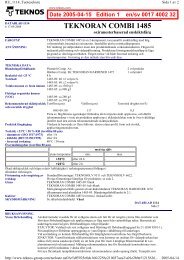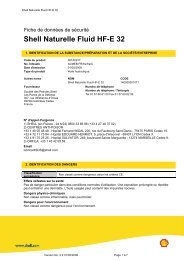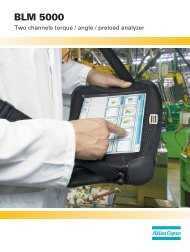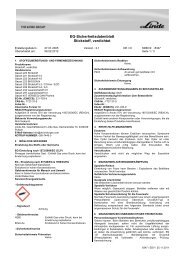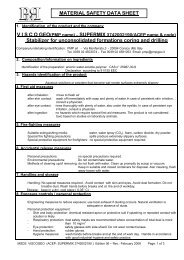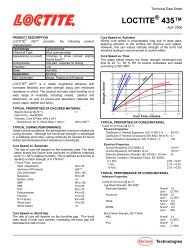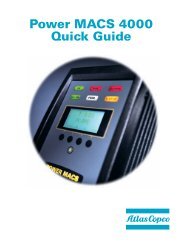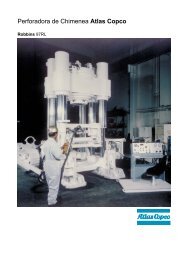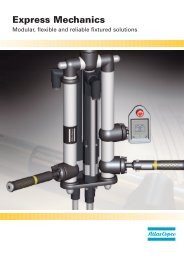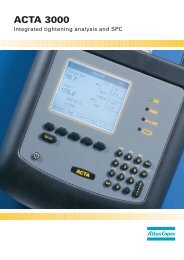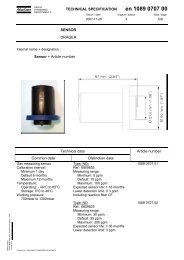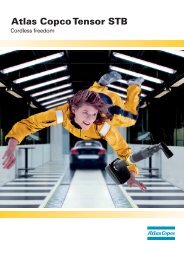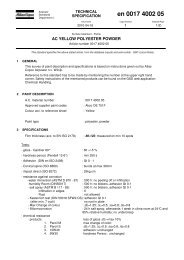Ergonomics - Atlas Copco
Ergonomics - Atlas Copco
Ergonomics - Atlas Copco
Create successful ePaper yourself
Turn your PDF publications into a flip-book with our unique Google optimized e-Paper software.
62<br />
Introduction<br />
A basic ergonomic principle when design-<br />
ing a hand-held power tool is that operation<br />
should be easy and involve no risk of dam-<br />
age to the health of the operator or to the<br />
immediate environment. A poorly designed<br />
tool poses a number of potential risks.<br />
The wrong type of handle may have been<br />
chosen in relation to the workstation and/or<br />
the task to be performed. This can lead to<br />
awkward working postures and reduced op-<br />
erator capacity in terms of muscular strength.<br />
The physical characteristics of the<br />
operator may not have been fully taken<br />
into consideration. Thus, the size or shape<br />
of the hand tool may cause excessive local<br />
pressures to be applied to the blood vessels<br />
and nerves of the hand, resulting in mus-<br />
culoskeletal symptoms. These factors are<br />
discussed in the chapter entitled Handle<br />
Design.<br />
The undeniable advantages of powerful<br />
hand tools in many industrial situations<br />
may sometimes be a distinct disadvantage<br />
for the operators. The reactive force or<br />
torque generated by such powerful tools<br />
may well be beyond the limit that an op-<br />
erator can withstand without sustaining<br />
physiological injury.<br />
Holding heavy tools subjects the up-<br />
per extremities to continuous load and<br />
applies static load to certain musculoskel-<br />
etal structures. The vibration caused by a<br />
conventional percussive tool may be very<br />
uncomfortable for the operator and cause<br />
damage to the neuro-vascular system of the<br />
hand in the form of, for example, white fin-<br />
ger syndrome. The chapters External Load,<br />
Weight, Shock Reaction, and Vibration cover<br />
these factors.<br />
The motors of hand-held tools may cause<br />
contact surfaces to become extremely hot or<br />
cold. Noise, dust and oil not only influence<br />
the health of the operator but also the work-<br />
ing environment. Ergonomic considerations<br />
relating to these risk factors are described<br />
in the chapters Temperature, Noise and<br />
Dust and Oil.<br />
As ergonomics is still a relatively young<br />
science, many of the risk factors mentioned<br />
above require further study in order to<br />
determine the quantitative relationship<br />
between operator exposure and the sub-<br />
sequent effect on the health of the person<br />
concerned.<br />
The evaluation method presented in this<br />
chapter can be applied to find the best tool



